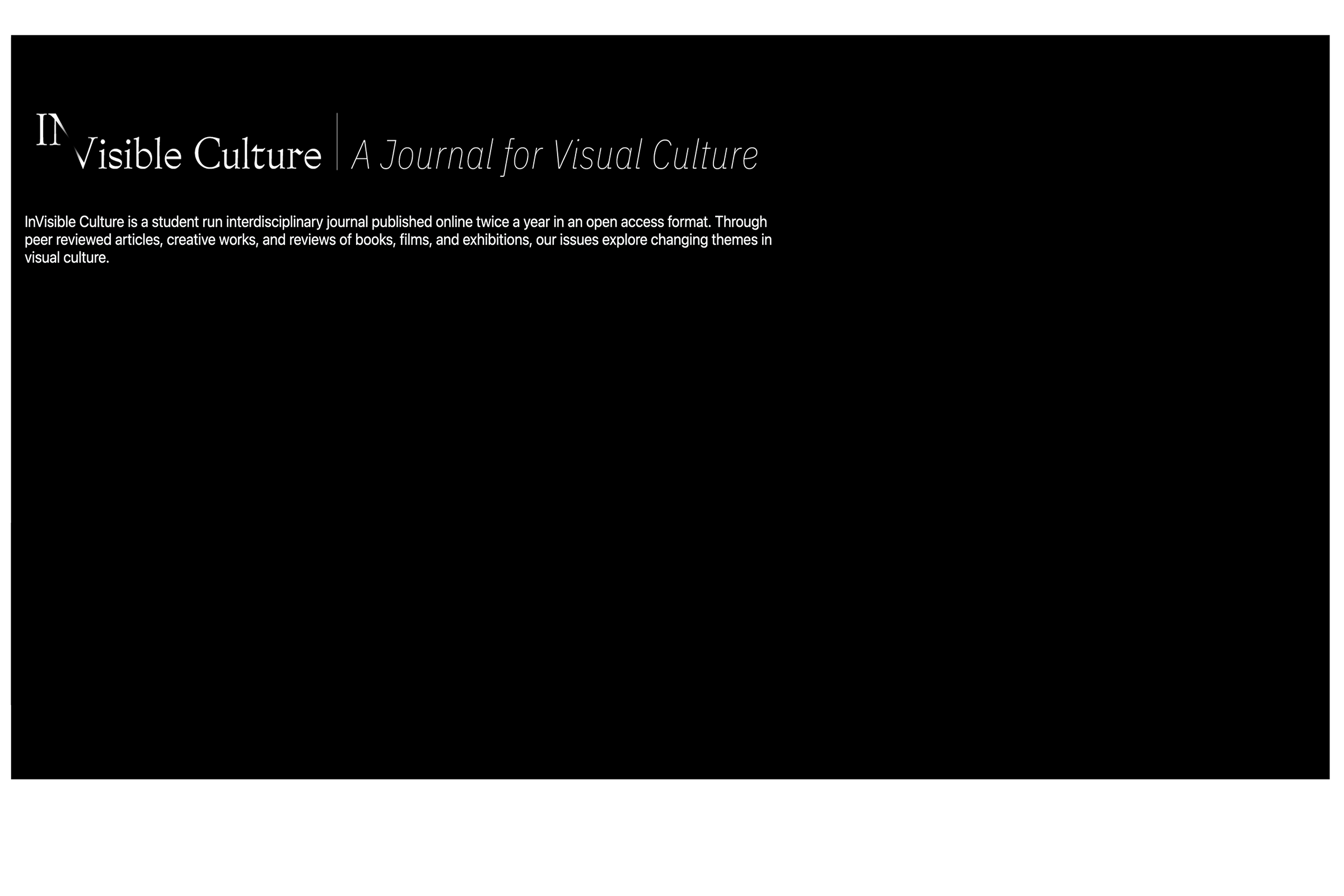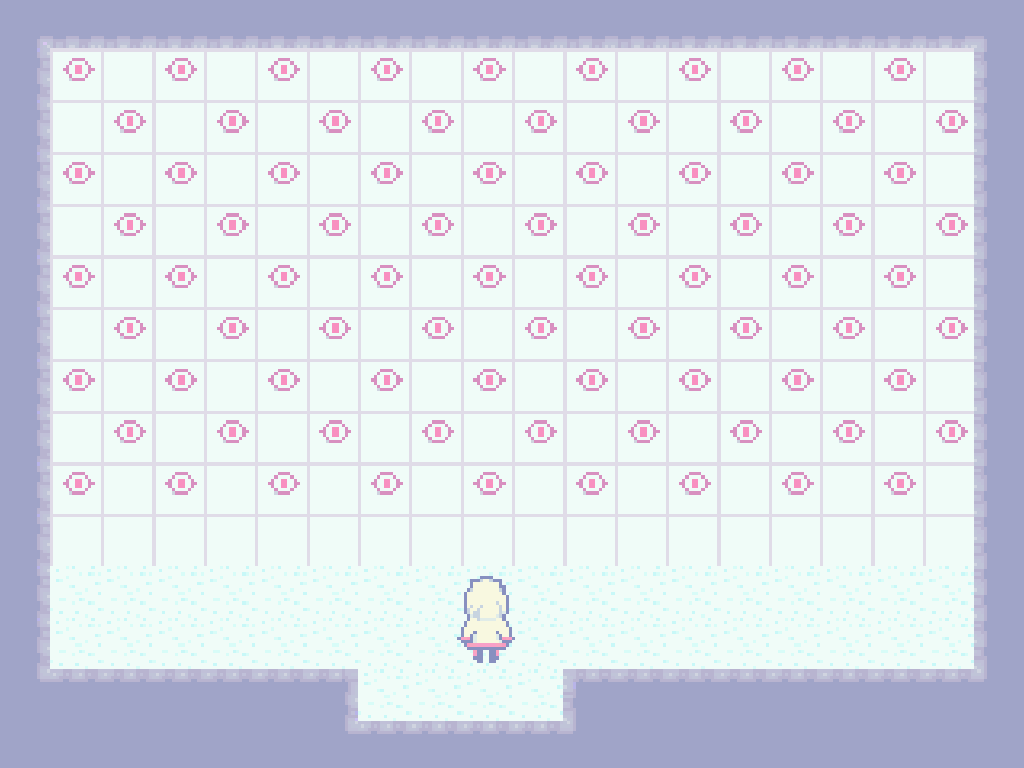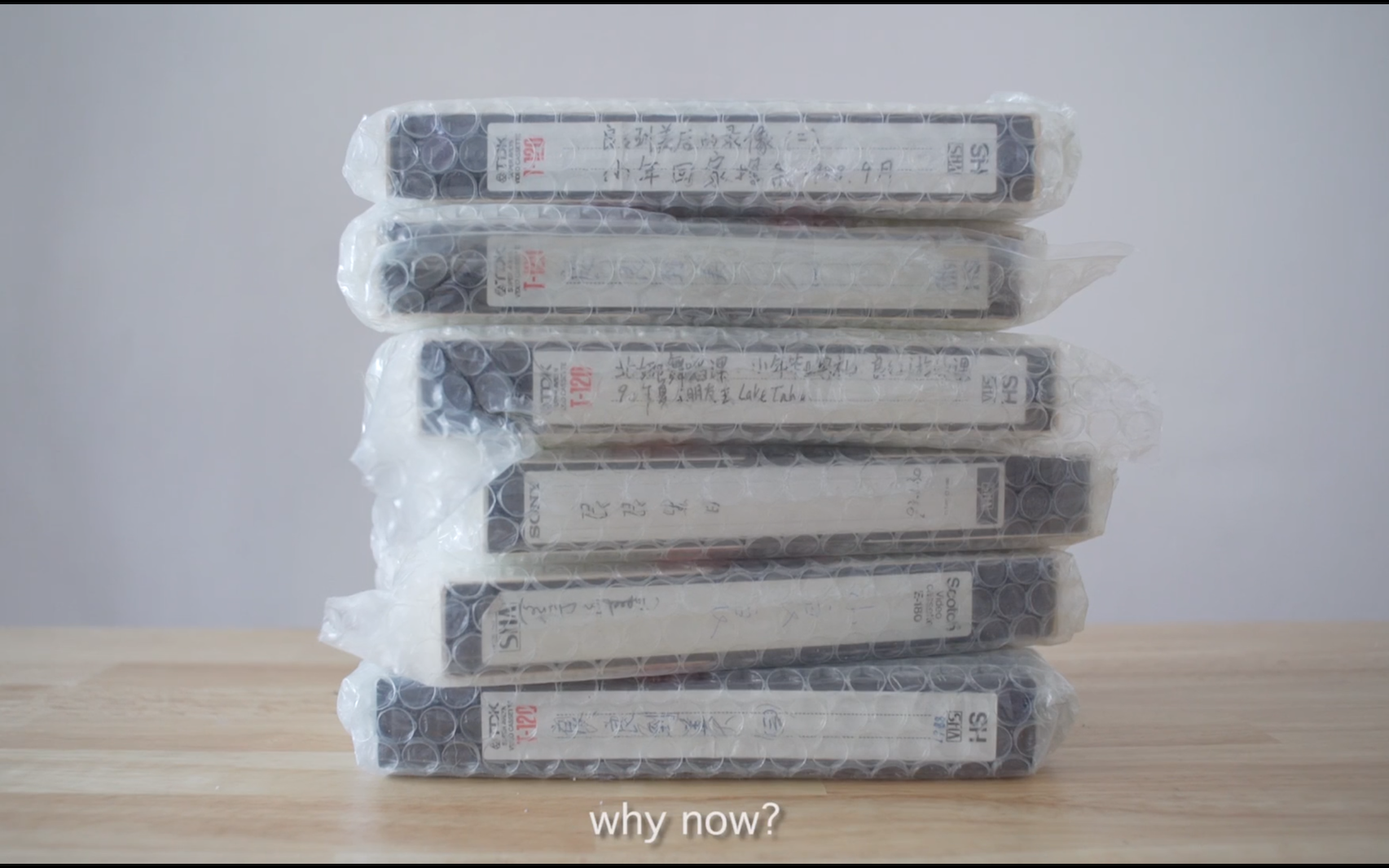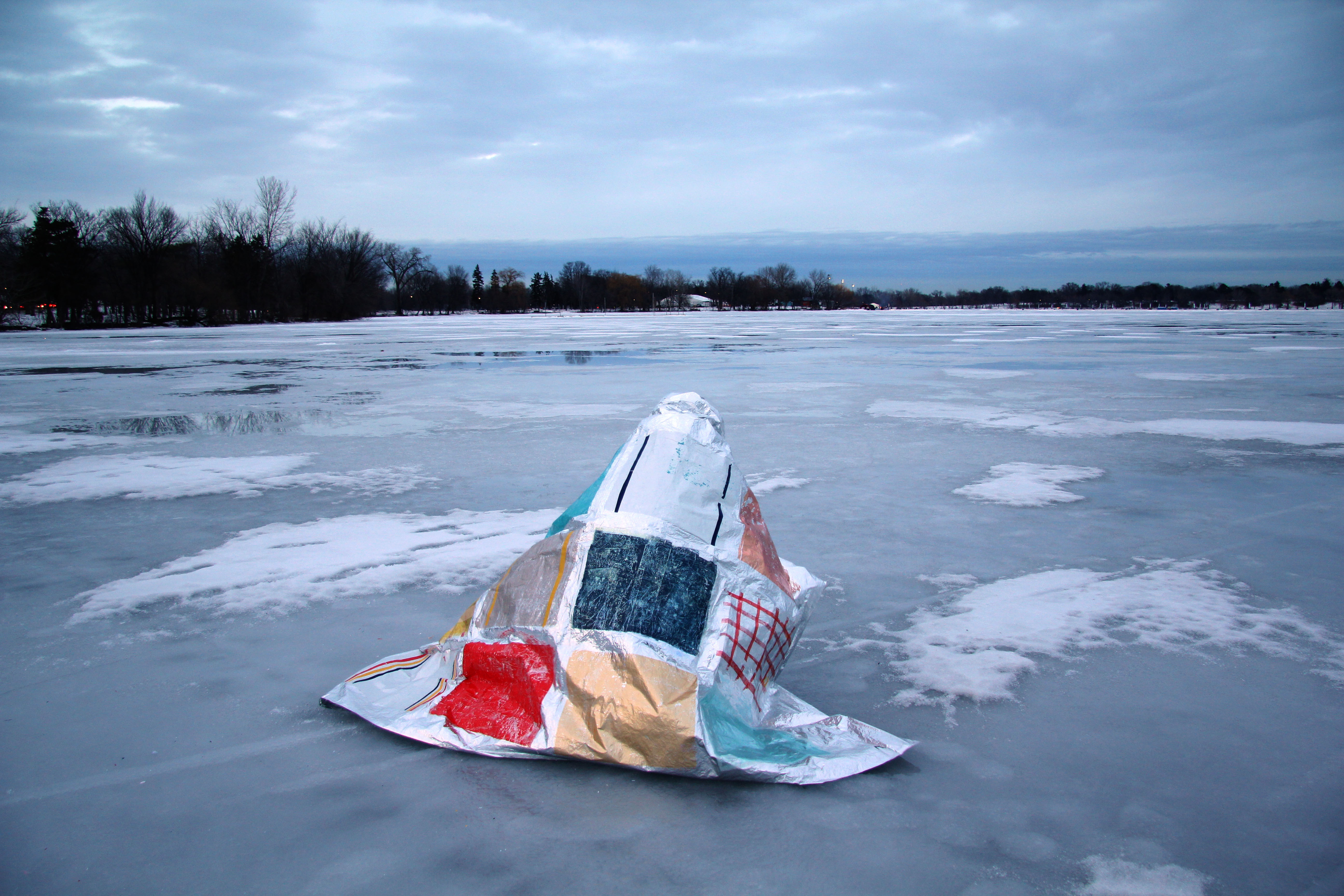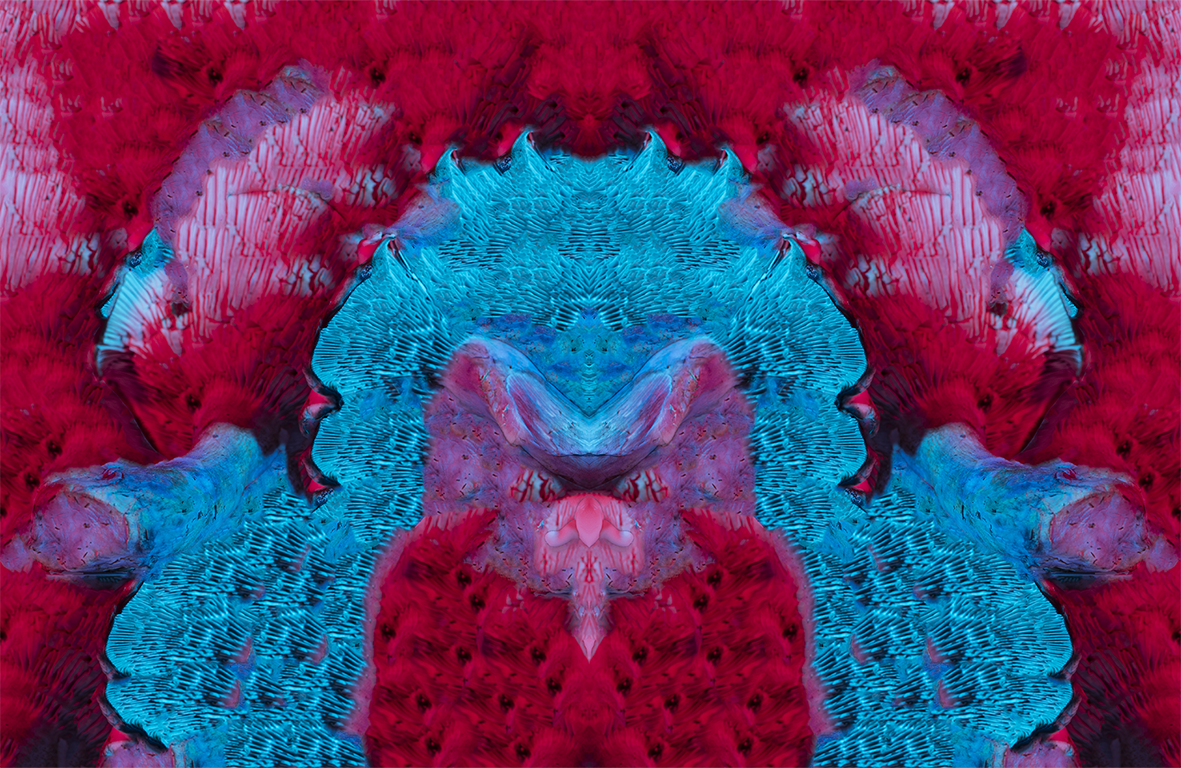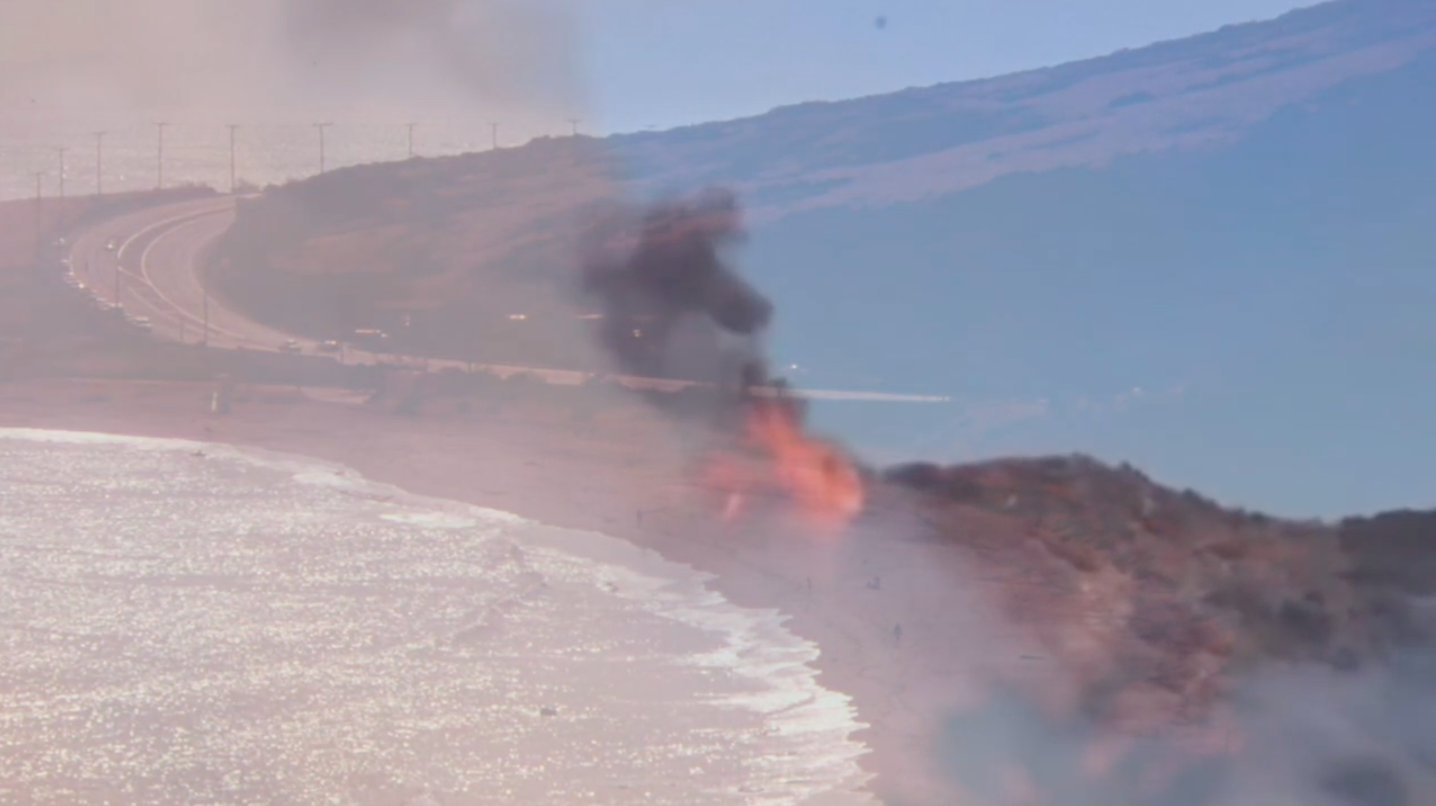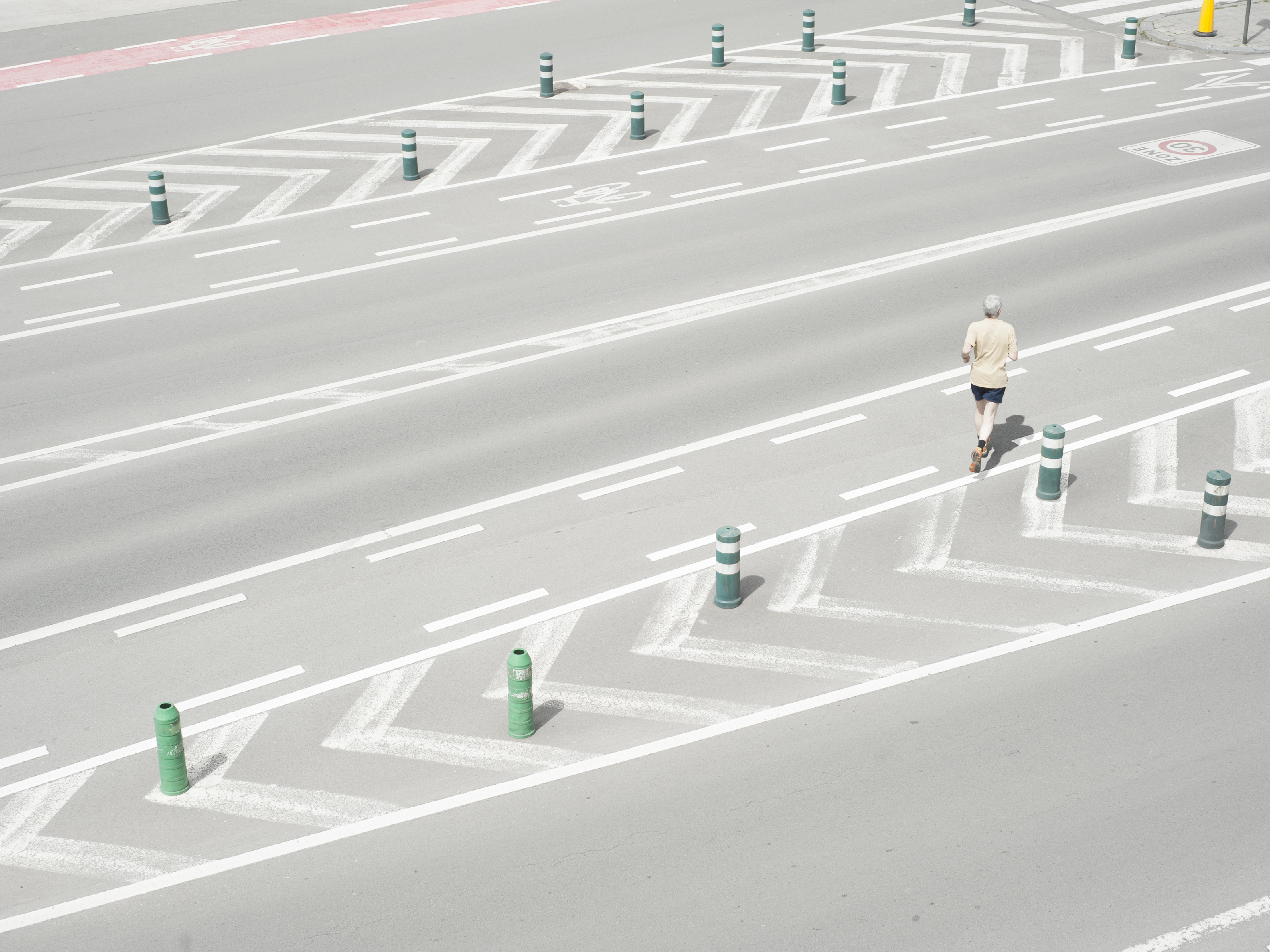For its twenty-ninth issue, InVisible Culture: An Electronic Journal for Visual Culture invites scholarly articles and creative works that address the complex and multiple meanings of love. According to Freud, “it is always possible to bind together a considerable number of people in love, so long as there are other people left over to receive the manifestations of their aggressiveness.” Is love beyond us? Whether it connotes a delusion, state, obsession, rupture, failure, family, intimacy, or self, love eludes and mystifies. Mutable, primordial, and accumulable, it persists as a permanent horizon, accessible to everyone. In recent events the demand for love has emerged again and again, echoing the the failed and cyclical nature of past desires. Even as past desires are fulfilled–either by the state, the family, physically, spiritually–the hope for love remains, its forms and conceptions ever changing. For IVC 29, we invite contributors to explore visual representations and contestations of the concept of love. What does love look like? How is it displayed? What are the conditions and/or/of possibilities for love? Where do …

